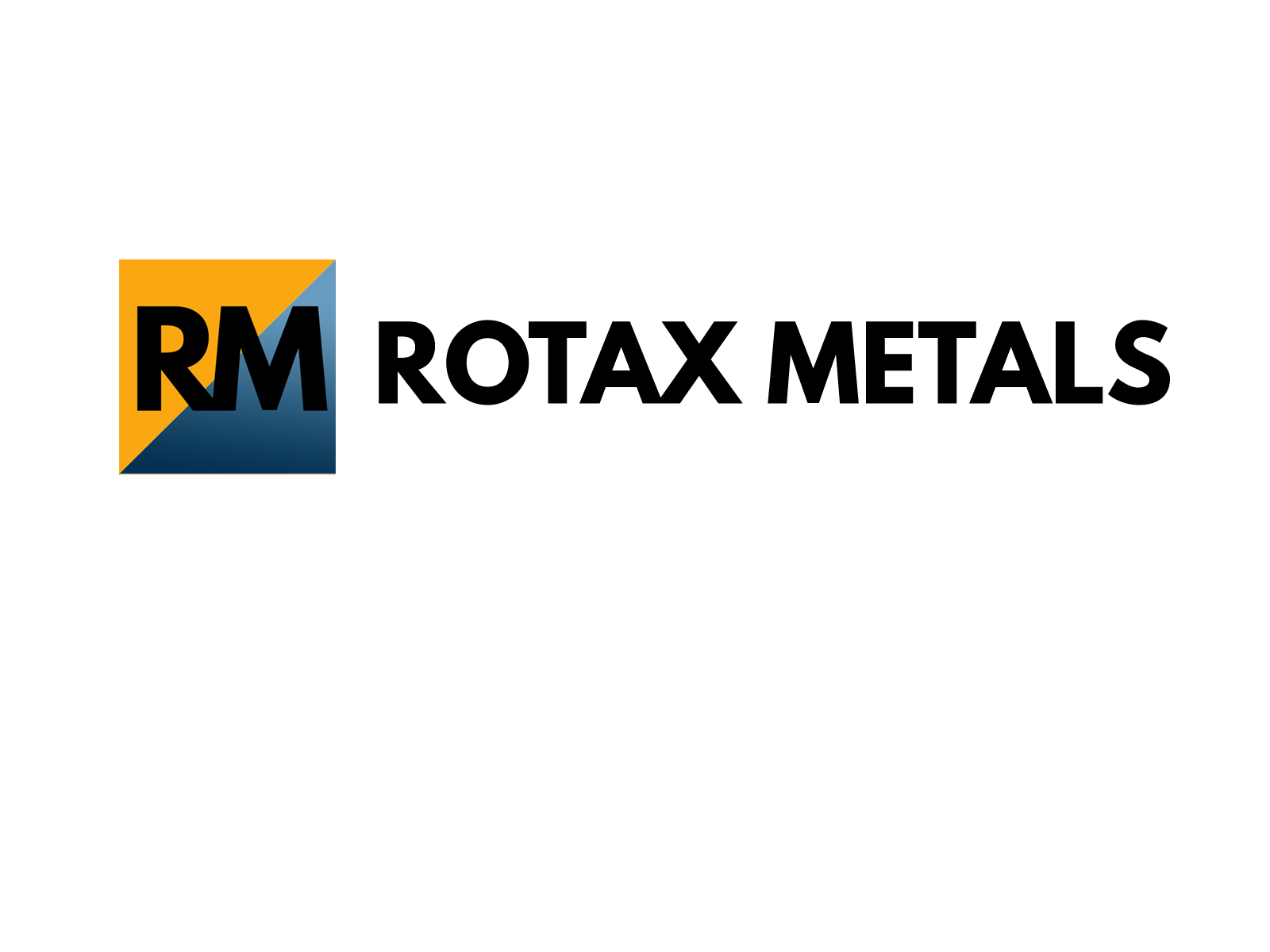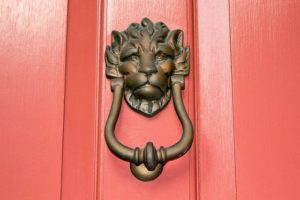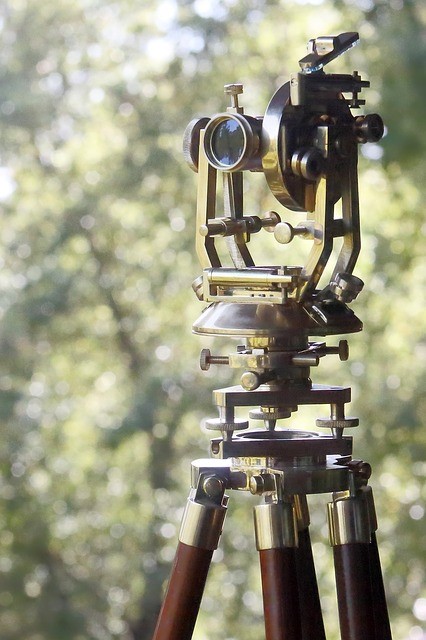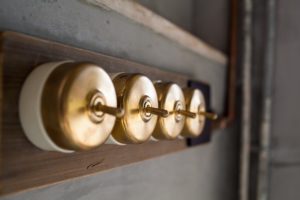There are 95 known metals in the Periodic Table of Elements, of which only a handful are utilized for basic practical applications. Copper is among the most extensively used ones, thanks to its many prized properties, including its incredible malleability, ductility, corrosion resistance, and electrical conductivity. It’s no wonder copper is present in most major and minor structural and industrial uses.
Another thing about copper that enthralls manufacturers and metallurgists around the world is its ability to easily combine with other metals to form even more useful materials. The most famous of its many alloys is bronze, which is produced by combining copper with tin. Bronze is one of the first metals known to man and was used so far and wide after its discovery that it became the symbol of an entire era. Here are some trivia about bronze that might fascinate you, too.
- The Egyptians were the first to discover and use bronze, and that marked the beginning of the Bronze Age. This era was only named after bronze because it was the only alloy at that time that exceeded the qualities of other existing metals. By the time iron was discovered, bronze had eventually lost its place.
- Bronze is stronger than both its main constituents—copper and tin. It is also much more durable than copper, especially when exposed to moisture and other corrosive substances. Iron exceeds bronze in terms of hardness but it is far more susceptible to corrosion, which is also why it is less expensive than bronze.
- Most electrical and electronic appliances in your house or workplace contain a little bit of bronze. More specifically, most pump parts, bearings, bells, electrical components, gears, and valves are made of bronze.
- Bronze is cast and worked in a milling machine or lathe, and rarely hammered, probably because it isn’t as malleable as copper or perhaps because it is easy to work using other less effortful methods.
Bronze Alloys
Metallurgists have found that adding a minute amount of other metals into the original copper-tin mixture can make the alloy even stronger and useful for a broader range of applications. Today, you can easily identify the different types of bronze produced so far because they were named after the additional element they have, and is probably the reason for bronze metal price variations as well. Here are some of them:
-
Aluminum Bronze
– Apparently, this is a type of bronze that contains a little bit of aluminum, about 5% of the metal’s overall weight. The inclusion of aluminum increases bronze’s strength and corrosion resistance, making it suitable for applications that involve constant exposure to moisture and other corrosive agents, such as water supply, structural retrofitting, and petrochemical transportation.
-
Leaded Bronze
– Lead is known in metallurgy as the neutralizer. When added to an alloy, it helps increase that alloy’s machinability. It’s no wonder leaded bronze is the perfect material for items with intricate design and shape, such as wire and cable connectors, electrical plug type connectors, door knobs, screws and nuts, bushings for corrosion, rolling mill bearings, and many more.
-
Silicon Bronze
– To produce a type of bronze that is easy to pour into cast and has appealing surface and superior corrosion resistant properties, silicon can be added. Even a miniscule amount of silicon can significantly change the physical properties of bronze. Silicon bronze is used for bearing cages, raceways, and spacers specifically made for the aerospace industry due to its self-lubricity.
-
Phosphor Bronze
– Believe it or not, this type of bronze has hardly any phosphorous in it at all, just between 0.01% and 0.35%. The amount of tin was significantly adjusted, too, making the alloy almost completely made of copper. The effect of adding phosphorous, however, cannot be understated, as even this tiny amount can give the resulting alloy incredible strength, fine grain, durability, high fatigue resistance, and a low coefficient of friction, which is perfect for applications that involve exposure to corrosive substances.
Differentiating Bronze from Brass
Another prominent type of copper-based alloy that most people have heard of at least once is brass. It’s not as popular as bronze because during the time metallurgy was just taking off, it was nearly impossible to produce brass. That’s because zinc isn’t so abundant so it has to be created. Unfortunately, to create zinc, zinc oxide must be reduced significantly, which requires higher temperature than the main material used in the process can tolerate before it melts.
Then again, after the discovery of the technology necessary for artificially manufacturing zinc, mass production of brass finally became possible. And now that both bronze and brass share equal reverence, there’s a good chance of mistaking one for the other. Here are some of the common differences between bronze and brass that you should know in order to identify which one is the right material for your project.
-
Color.
Bronze is recognizable for its reddish brown color, while brass has muted yellow shade, slightly similar to gold, but gloomier. Adjusting the composition of bronze, however, can reduce its shade and make it look a little more like brass. The same goes for brass; you can add more zinc to make it look duller.
-
Properties.
Since brass and bronze have different composition, even if their base content is the same, their properties will be slightly different. For instance, brass is more malleable and ductile than bronze. In fact, bronze is slightly brittle and hard. Both, however, have high corrosion resistance. When it comes to electrical conductivity, bronze slightly exceeds brass, but both are better conductor than most steel.
Bronze has remained one of the most useful metals ever discovered. With new technology necessary to further explore its potential emerging, bronze will keep on surprising us with its new applications. Unfortunately, it takes first-rate manufacturing to produce high-quality bronze, which means if you want the bronze tube or bar you need for your project to be of high quality, you should purchase it from a trusted bronze material supplier like Rotax Metals.




